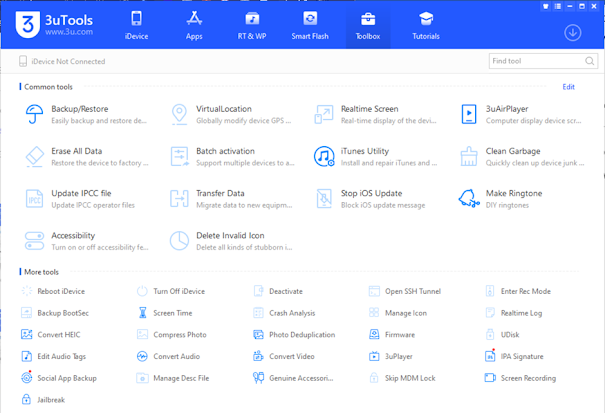Broken authentication and session management: hidden threats of session determination
In the developed scenario of cyber security threats, broken certification and sessions management is one of the most important weaknesses affecting modern web applications. It was less discussed but one of the most dangerous forms is a session determination. Unlike more famous attacks such as credential stuffing or session kidnapping, session determination ID manipulate itself in the life cycle, forcing a user to use the known session identifier in advance for the attacker.
This broad blog will find out what the session determination, this session handling, how to exploit defects in real -world matters, and most importantly how to stop it. If you are a developer, safety analyst, or system architect, it is important to understand this attack the authentication and session layers of your application.
What is session determination?
The session determination is a web safety vulnerability that allows an attacker to abduct a legitimate user session by set or knowing the session ID in advance. The main difference between session determination and session kidnapping is that in determination, the attacker user controls the session ID before logging into, while in the abduction, the session ID is stolen after login.
In a successful session assessment attack, attacker:
- The session ID set or knows.
- Forces the victim to certify using that fixed session ID.
- Get access to certified sessions using the same ID.
How the session fixes works
Come on through the specific flow of a session assessment attack:
- Session construction by the attacker: The attacker starts a session with web application and receives a session ID.
- Shared Session ID with the victim: The attacker crafts an URL or request that includes the known session
- Victim Logs In: The victim logs into their account, and the application does not regenerate the session ID, continuing to use the attacker-controlled ID.
- Attacker Accesses Session: Since the attacker already has the session ID, they can now access the user’s authenticated session.
Examples of the real world of session determination
1. PHP default session behavior
In older versions of PHP, the session ID can be passed through GET or POST parameters, and until clearly disabled, PHP will accept those IDs. The attackers can easily set a session ID in the URL, allowing the session to be determined.
2. Initial Java application
Many old Java-based web applications did not revive the session ID on the login, which led to unsafe for sessions determination attacks.
Why the session determination is dangerous
- Silent: It does not require sniffing or XSS. Attackers can start the attack passively.
- Bypassing safe channels: Even https cannot protect if the session is accepted without ID regeneration.
- User unknowingly: The victim believes they are in a safe session, unknown it is an agreement from the beginning.
- Cross-Platform Risk: Works on web, mobile and even some desktop applications.
Common techniques for giving fixed session ID
URL parameter injection:
Example: https://example.com/login?PHPSESSID=attackersessionid
Hidden Form Field:
The session ID is included in a form input.
Cookies via cross-site scripting (XSS):
The attacker sets a document.cookie to inject a certain session.
Email Fishing Link:
The victims are sent with the session ID with a pre-set.
Session Determination by Forum
- PHP: Sensitive if the session.use_trans_sid is enabled.
- Asp.net: Weak if sessions are not revived if the sessions are not revived.
- Java: The default session in old services containers was prone to handling.
- Python/Django: Secure by default but still at risk if developers manage sessions manually.
Detection technique
Stable Code Review:
See for the session initiation code that does not trigger the session regeneration on the login.
Dynamic Testing:
Set your own session ID in a request and see if this post-login has been reused.
Safety Scanning Equipment:
Owasp Zap, Burp Suite and Acunetix session can simulate the determination scenarios.
Monitoring and logging:
Log in on creating a new session ID. Reusing an old ID post-login is a red flag.
How to stop the session determination
1. Revise the session ID on certification
Always invaluate the current session and release a new session ID after logging in the user. This is the most effective defense.
session_regenerate_id(true); // PHP example
2. Use httponly and safe flags
Set cookie features to prevent client-side access and ban transmission only to secure channels.
Set-Cookie: PHPSESSID=abc123; HttpOnly; Secure;
3. Avoid accepting the session ID through URL or get parameter
Accept the session identifiers only in safe cookies. Do not accept the session ID in URL or post bodies.
4. Apply strict session timeout
Short the window of exploitation by eliminating sessions after a period of inaction.
5. Use Samesite Cookie Specialty
CSRF helps prevent and reduces the risk of determination of session through third party requests.
Set-Cookie: PHPSESSID=abc123; SameSite=Strict;
6. Apply safe login pages
Ensure that the login page is always served on https to prevent interception or manipulation.
Best practice for developers
- Use framework-tier session handling whenever possible.
- Review the application code for custom session logic.
- Educate your team about the best practices of session management.
- Include the session determination landscape in your danger modeling.
- Integrate the session security in your CI/CD pipeline.
Professional impact of session determination
- Loss of customer trust: Users can be abducted without realizing users.
- Financial fraud: especially in e-commerce, fintech and banking platforms.
- Regulatory Penal: GDPR and CCPA violations due to compromise sessions.
- Support surcharge: Password reset and user recovery costs increase.
OWASP Recommendations
According to Owasp Top 10, broken authentication, including session determination weaknesses, is a significant risk. They recommend:
- The session on the login is invalid and ID regeneration.
- Never expose the session ID in the URL.
- Using safe, encrypted transport.
Session Fixation vs Session Hijacking
conclusion
The session determination is a secret and often reduced invasion vector that exploits poor sessions management practices. By obtaining control over a session ID before authentication, the attackers can quietly reach accounts and conduct malicious activities.
A combination of safe coding practices, proper use of session API, safe cookie handling and session life cycle management require a strong understanding to secure your application against sessions assessment attacks. This is not only about authentication - it is about making sure that the sessions remain reliable from beginning to end.
Do not determine the rules to the attackers. Reverse, secure and monitor your sessions - because the session is safety user safety.







Comments
Post a Comment